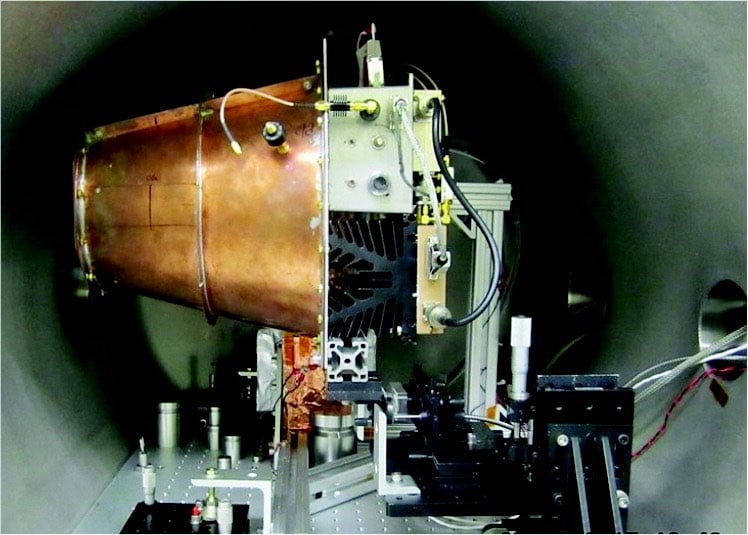NASA’s analysis of seemingly impossible engine: it works

NASA has published their highly anticipated and peer-reviewed analysis of the EM Drive and they’ve concluded the engine works despite appearing to violate Newton’s third law of motion.
In case you’ve missed the hype, the EM Drive, or Electromagnetic Drive, is a propulsion system first proposed by British inventor Roger Shawyer back in 1999.
Instead of using heavy, inefficient rocket fuel, it bounces microwaves back and forth inside a cone-shaped metal cavity to generate thrust.
According to Shawyer’s calculations, the EM Drive could be so efficient that it could power us to Mars in just 70 days.
But, there’s a not-small problem with the system. It defies Newton’s third law, which states that everything must have an equal and opposite reaction.
According to the law, for a system to produce thrust, it has to push something out the other way. The EM Drive doesn’t do this.
Yet in test after test it continues to work. Last year, NASA’s Eagleworks Laboratory team got their hands on an EM Drive to try to figure out once and for all what was going on.
There’s a lot of skepticism around this project, but NASA’s review is definitely a boost to the EM Drive’s credibility.
Update: Just to reiterate, even with this latest paper, there is still skepticism about the EM Drive.
In the end, we can’t conclude that this is a null result, nor can we excitedly say that it works. The sad truth is that this paper is not much better than the researchers’ last one, and it doesn’t actually have enough detail to let us fully evaluate the data. Nor does the paper have enough data to allow a conclusion in the absence of a model. And despite mention of a model in the paper, any model that exists is very well hidden.
Also a clue that the science isn’t quite there on this one yet: very few mainstream science outlets covered this. When the NY Times picks this up and gets prominent physicists on the record about the thruster’s promise, that’s when you’ll know something’s up. Until then, remain skeptical. (via @paudo)





Stay Connected